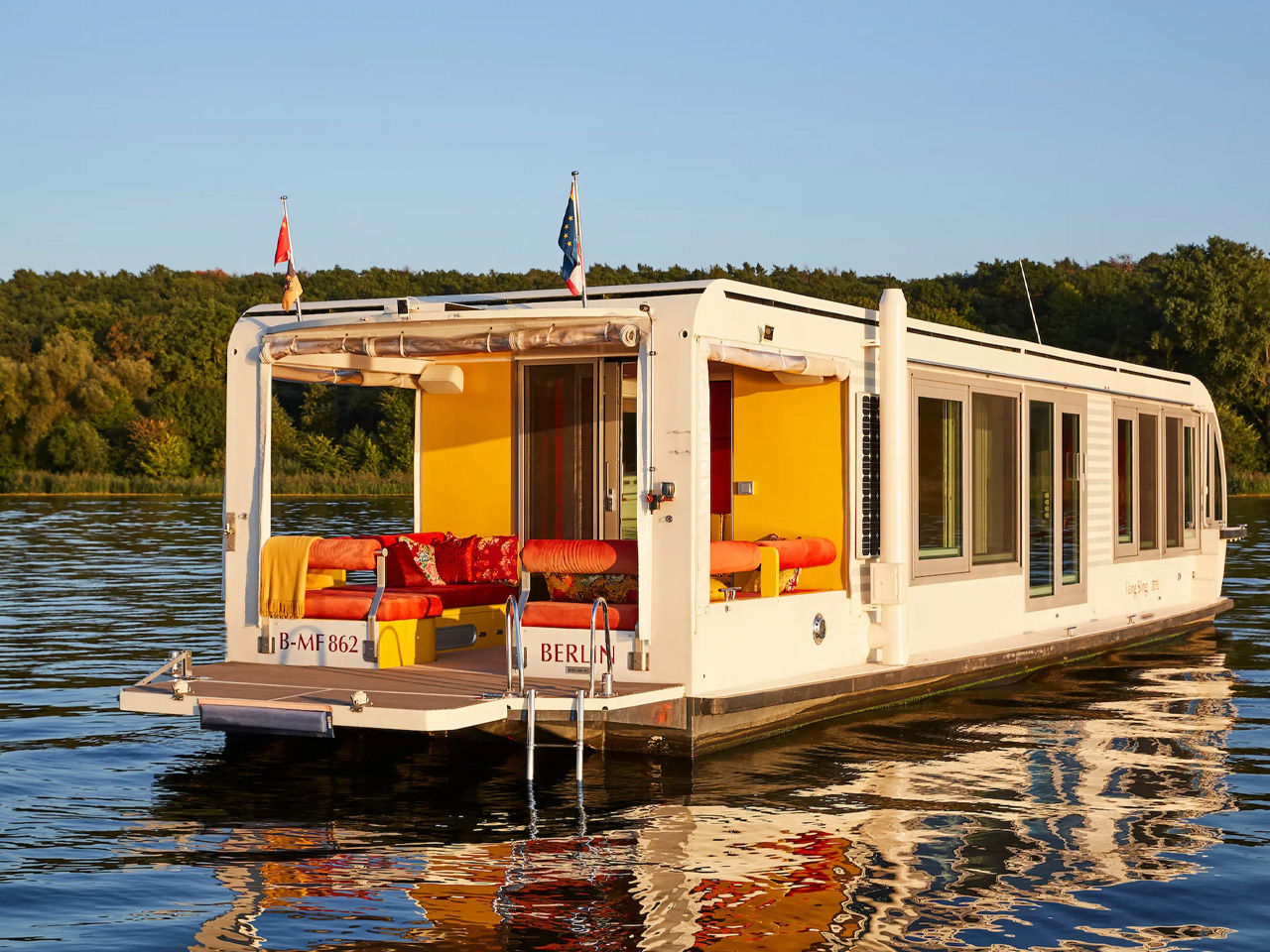
Dubbed the Fàng Sōng, this houseboat is designed by Crossboundaries and is powered by a solar panel setup. The houseboat features a clever space-saving interior that draws inspiration from tiny homes. The name is derived from the Chinese word for relaxation. The owners commissioned Crossboundaries to create a home that lets them live near the coast, enabling them to enjoy a peaceful life on the water. The houseboat serves as a comfortable yet tiny abode to live and work in.
Designer: Crossboundaries
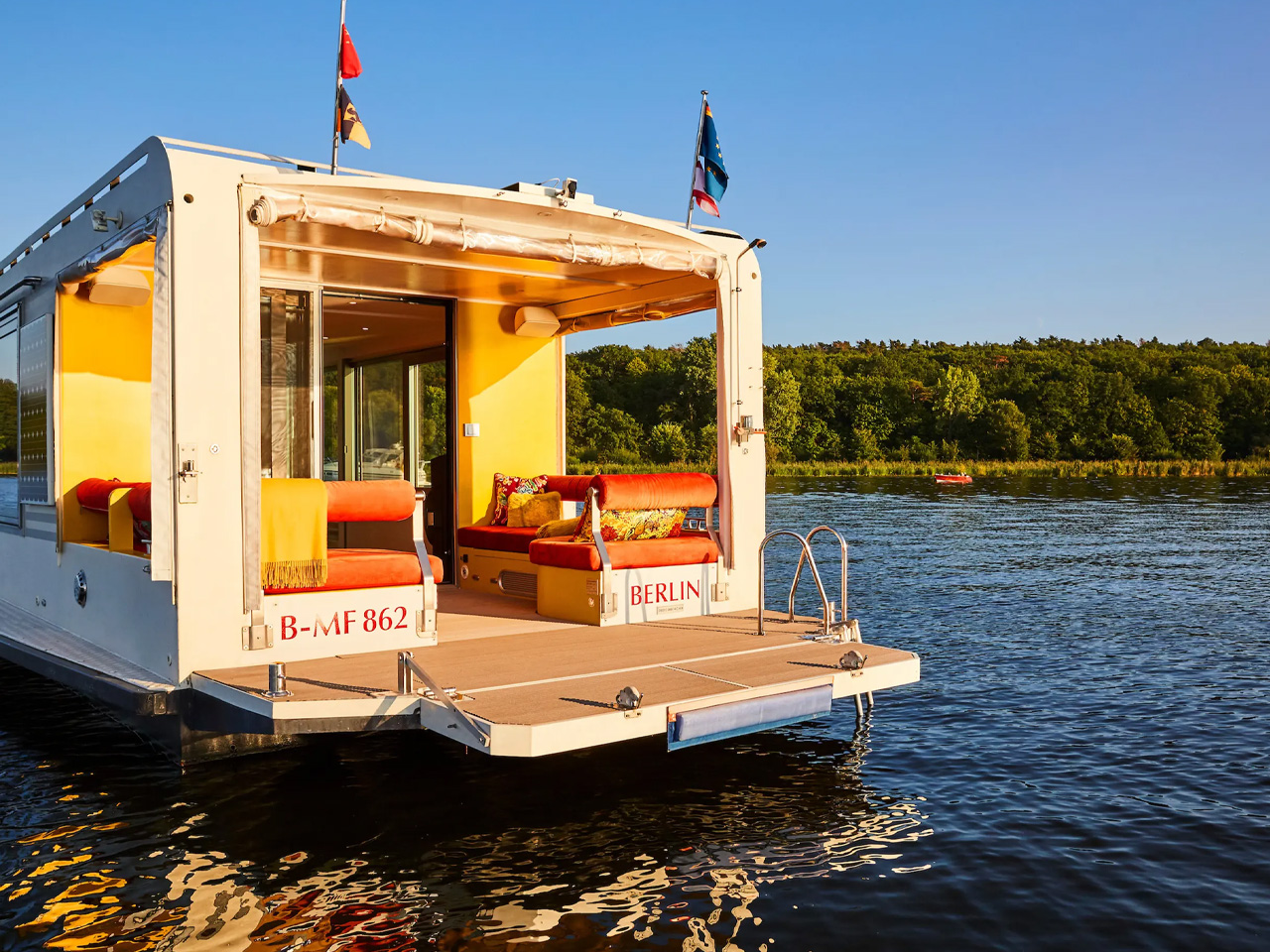
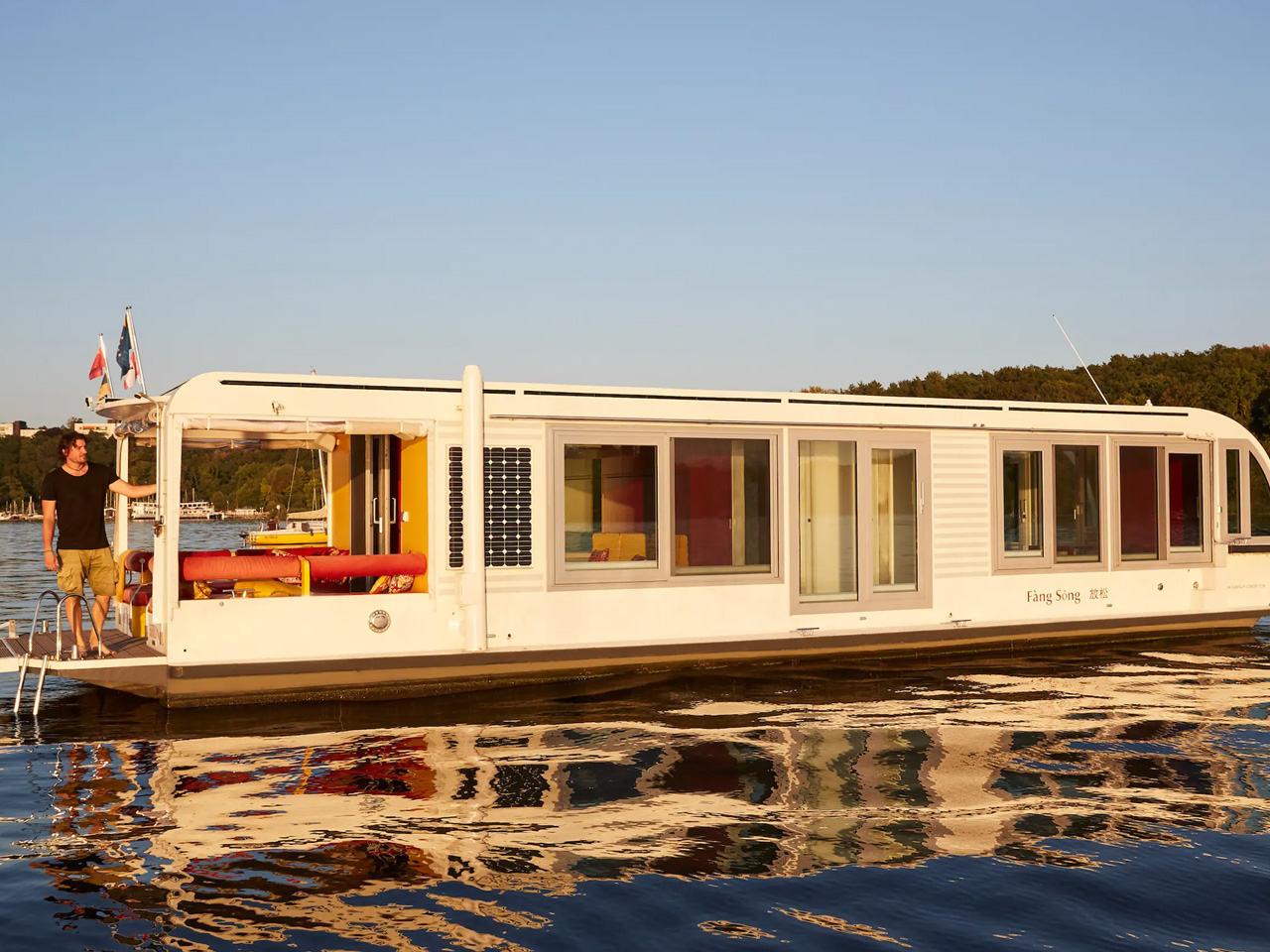
“Crossboundaries has re-designed a fully solar-powered motorboat with high-end, tiny-home characteristics that enable it to function as a slow-motion traveling nest,” said the firm. “The five-year-old boat caught Marianne’s eye, its exterior’s resemblance to a bus on the water and the potential for the interior design quickly sparked her interest. With enough space for up to two persons as well as guests, it had the potential to easily become a personal retreat for re-energizing and a cozy getaway to invite friends and family.”
The interior of the houseboat is quite spacious and occupies around 667 sq ft over one floor. The dwelling comfortably floats above water and is amped with generous glazing, most of which is operable. The glazing allows light to stream in through the day and supports ventilation. The interior decor is vibrant and bright with hues of red and yellow. Although the red and yellow maybe too loud and extravagant for some people, so it depends on personal preferance.
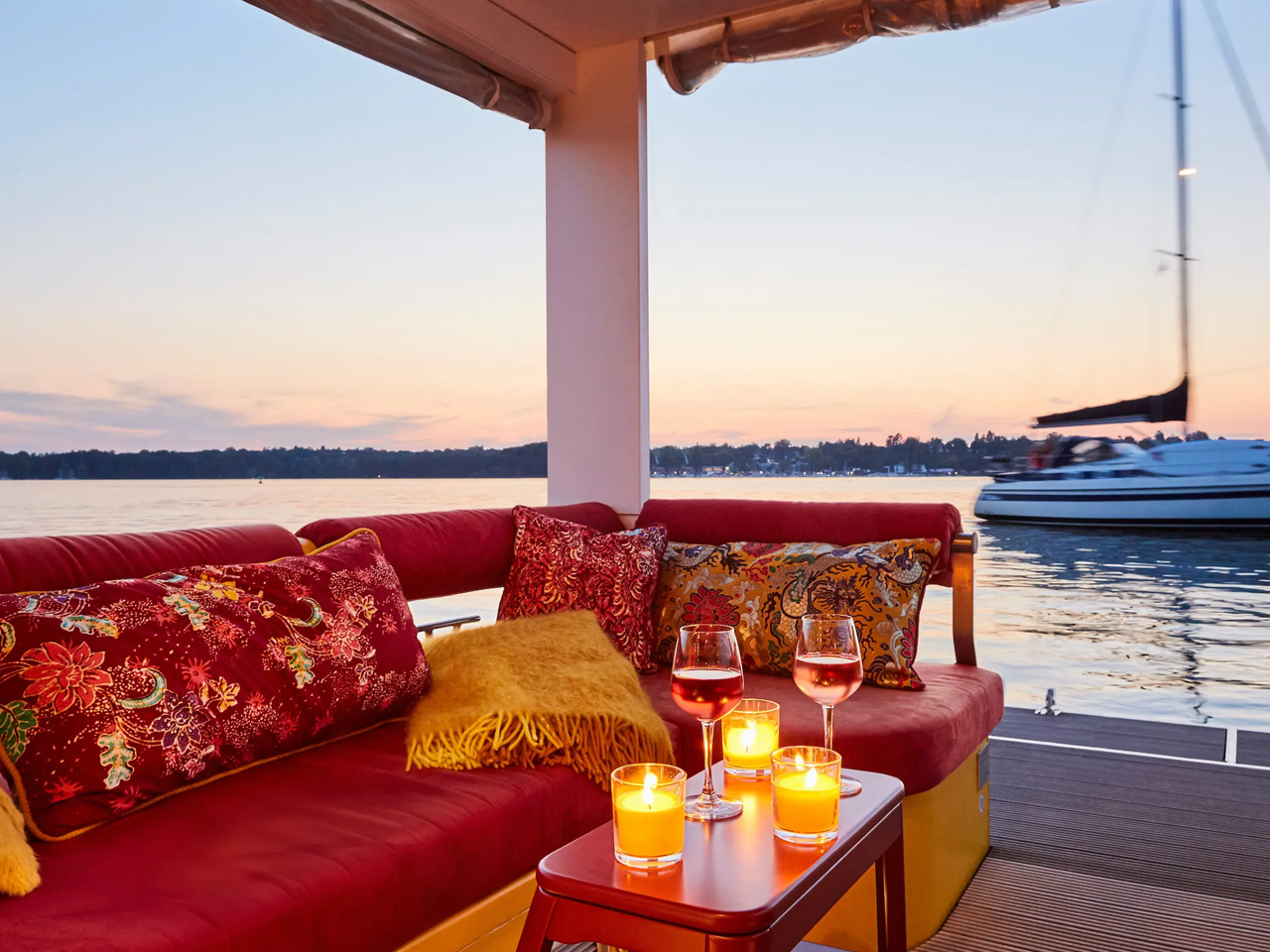
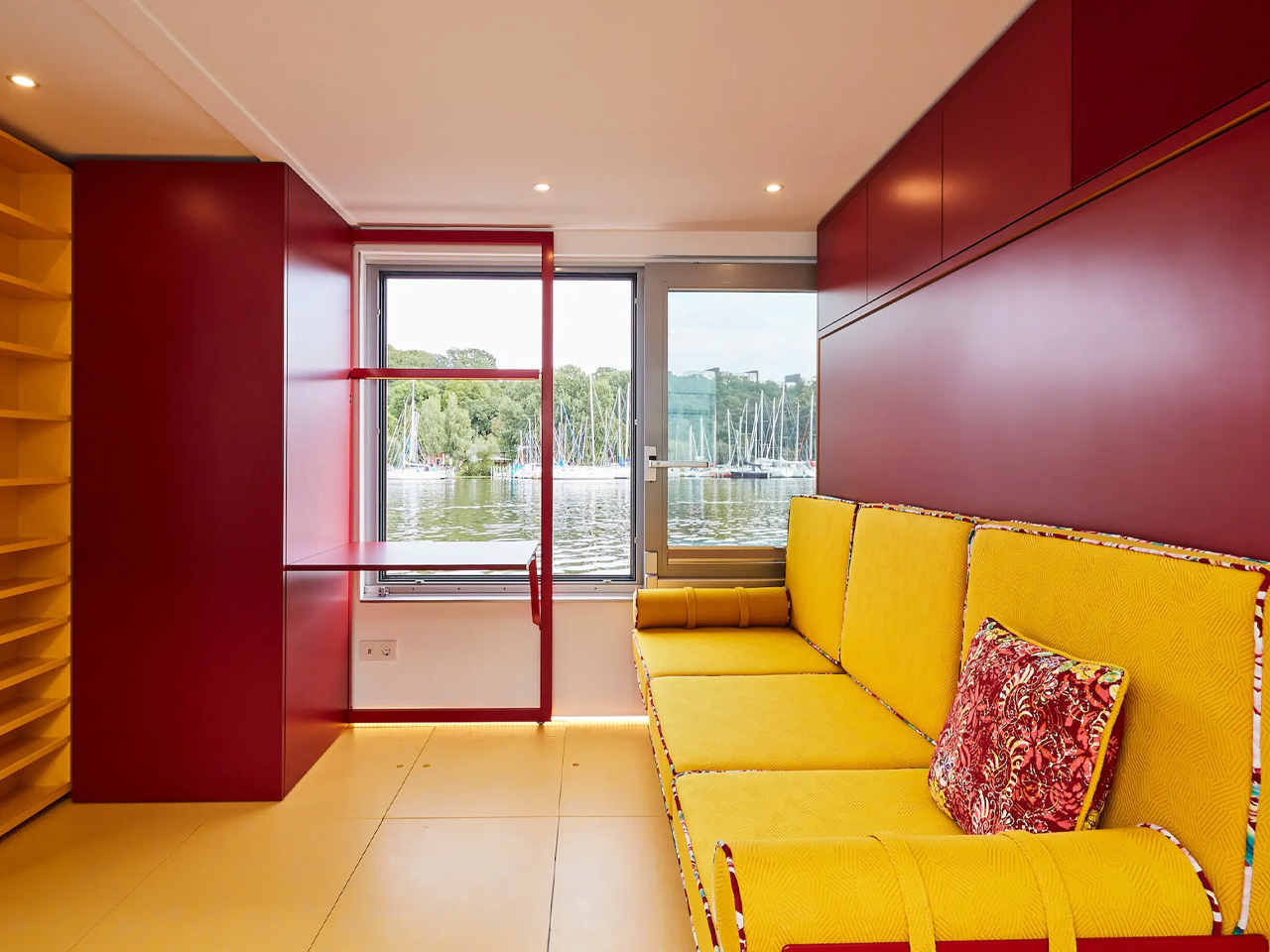
Most of the available floor space is occupied by the living room, which includes a big sofa bed, shelving, and a work desk placed in front of a window. The kitchen is also included in this space, and it is well-stocked and designed with an oven, four-burner propane-powered stove, fridge, drink, and a folding dining table that can be put away when not in use. A folding bed can also be fitted over the helm. The whole home is amped with underfloor storage, which is truly quite useful. The home is heated by a pellet stove, which can be controlled via an app. The space also includes a terrace area with seating.
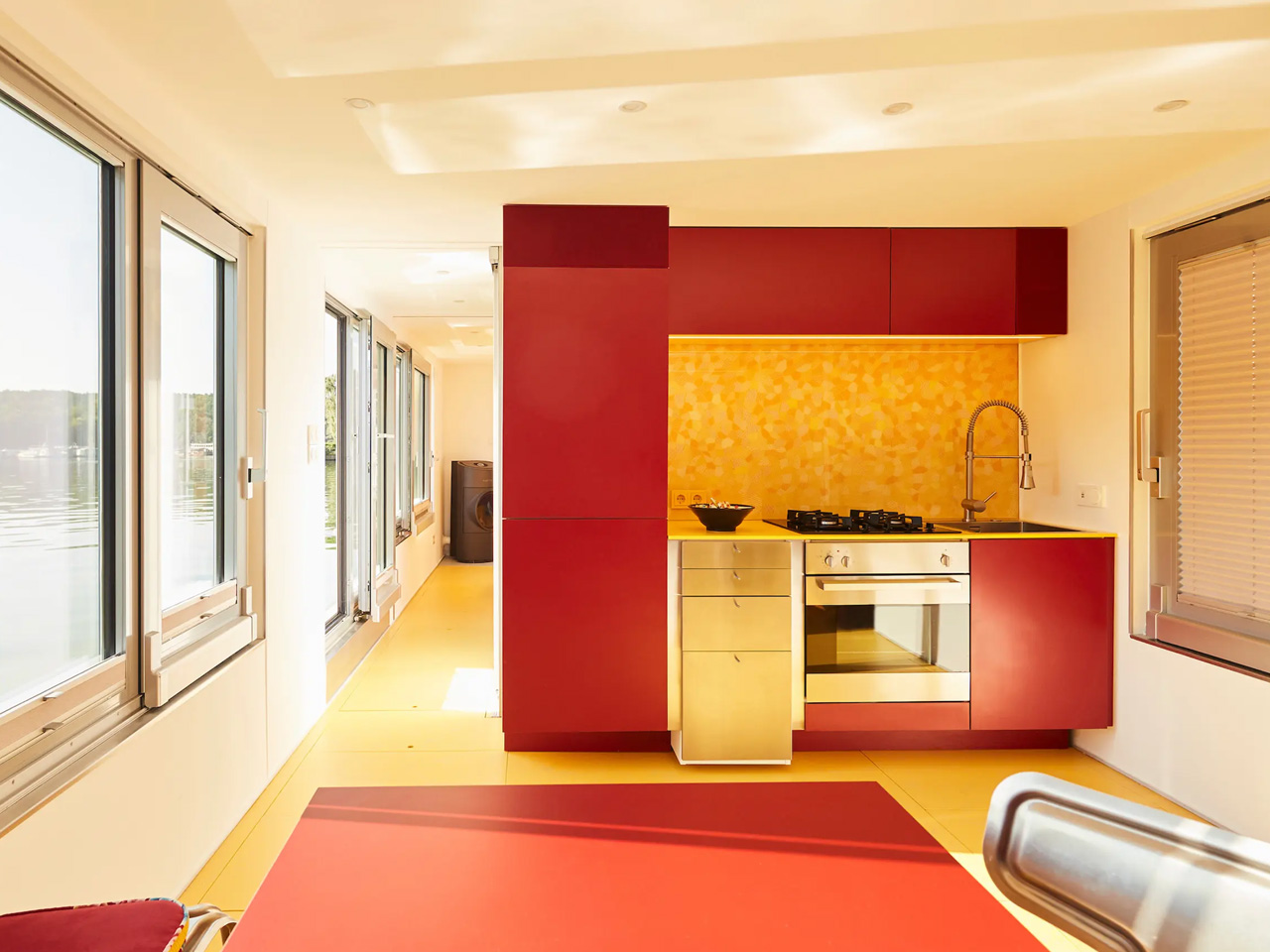
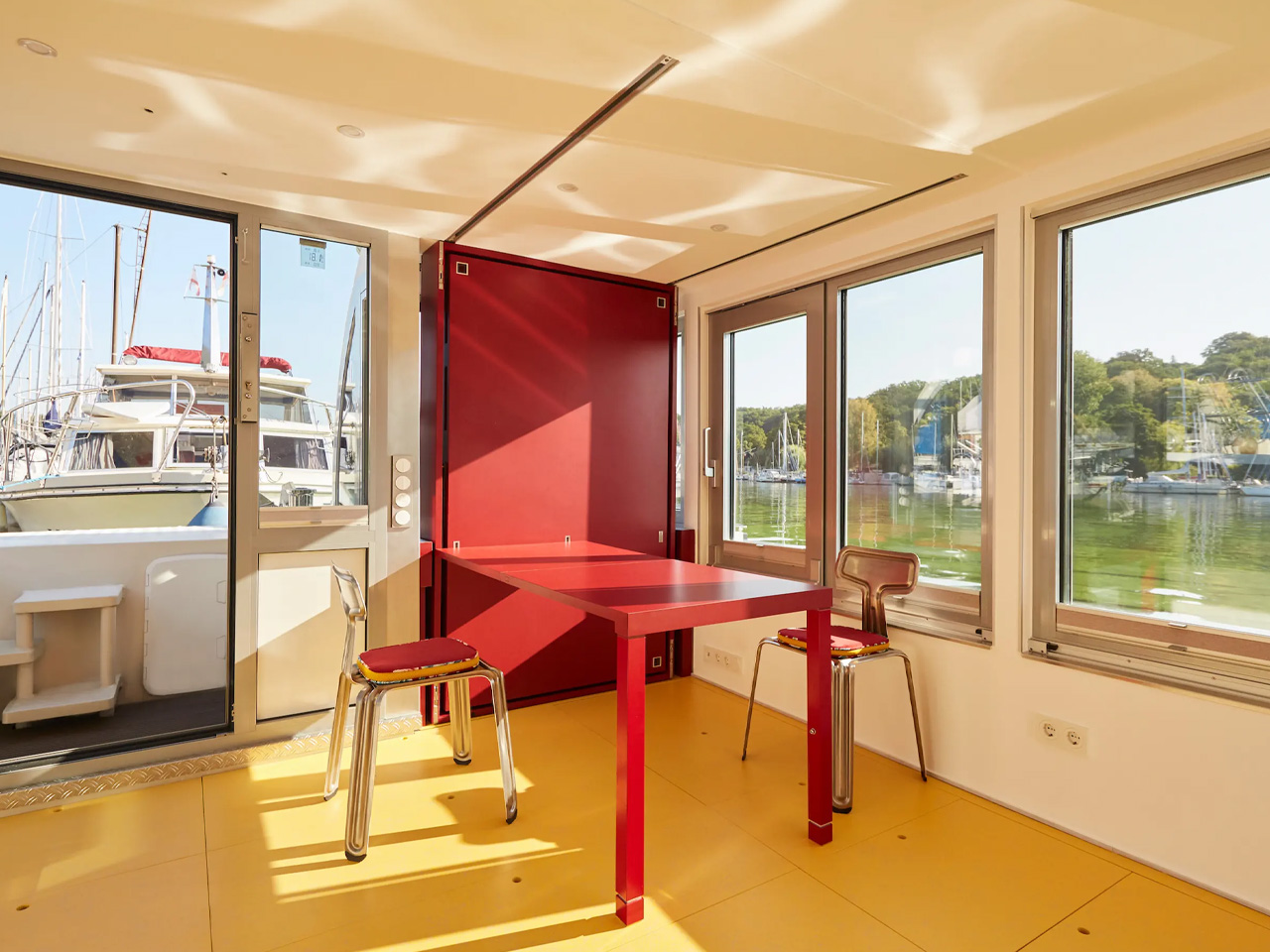
As mentioned the home is solar-powered, but we are unaware of the capacity of the solar panels. The solar panels have been installed on the rooftop and the facade. The firm says that in good weather conditions, the small houseboat can be powered completely by the solar panels, allowing it to cruise for around 31 miles per day.
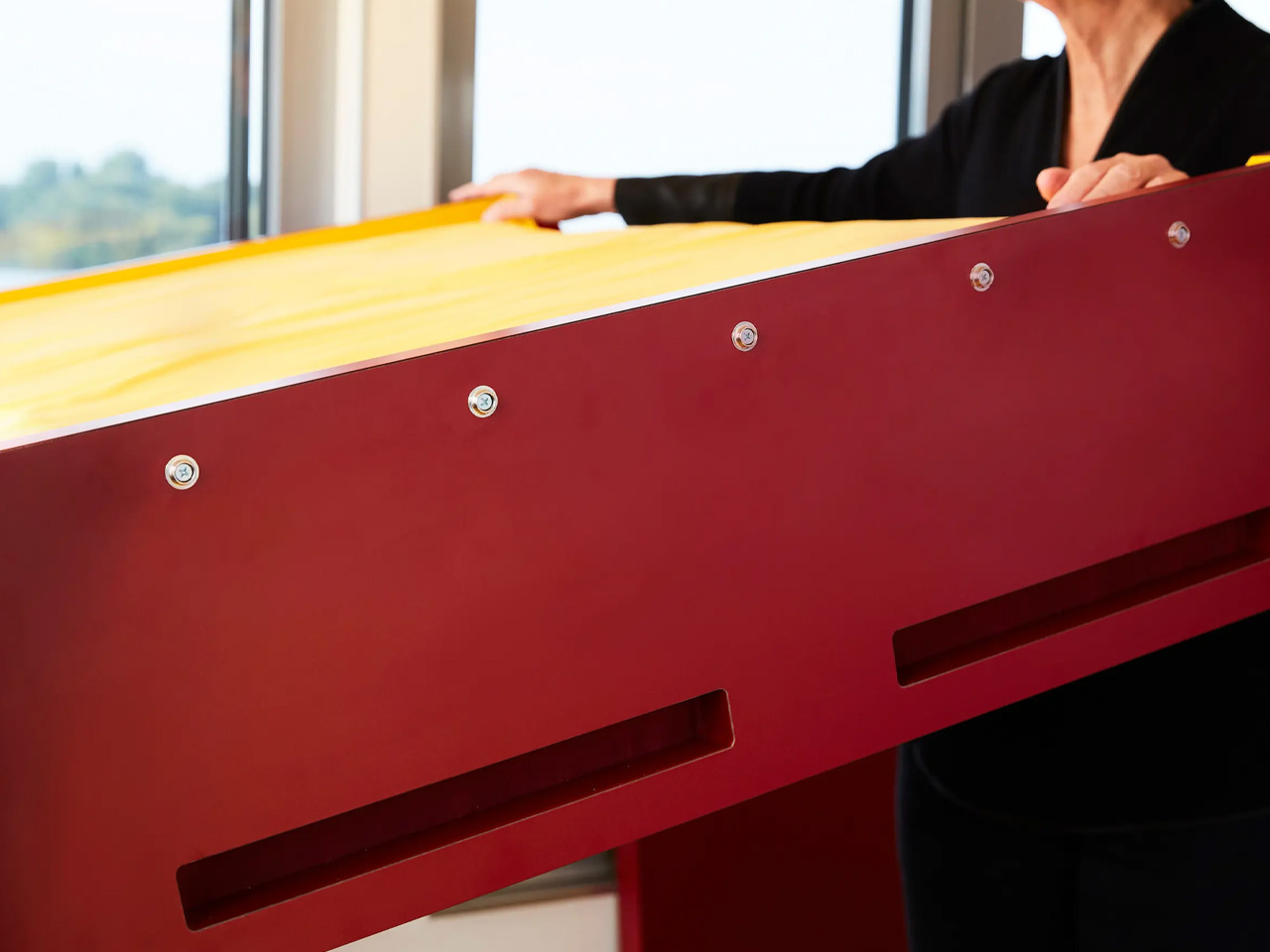
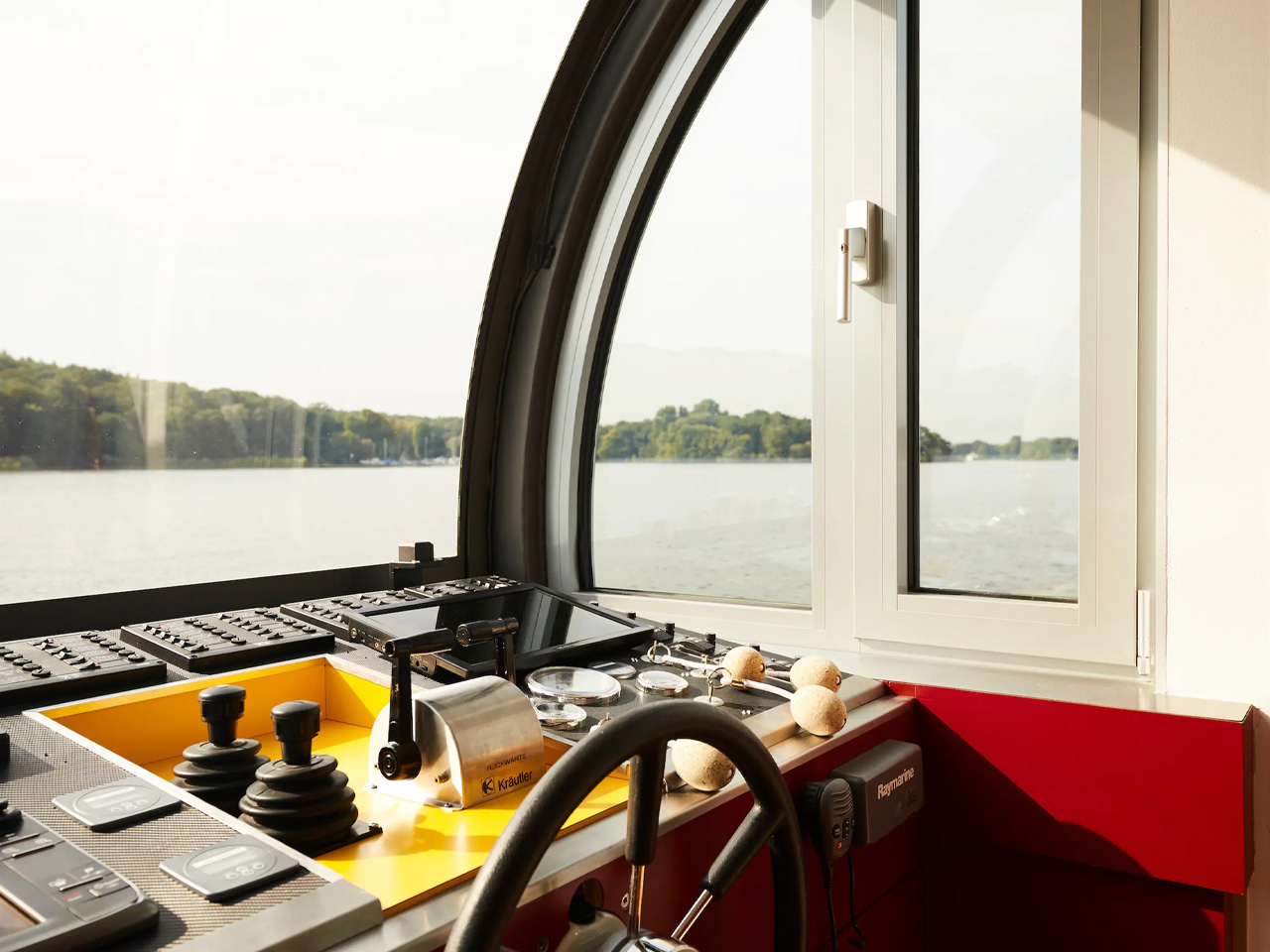
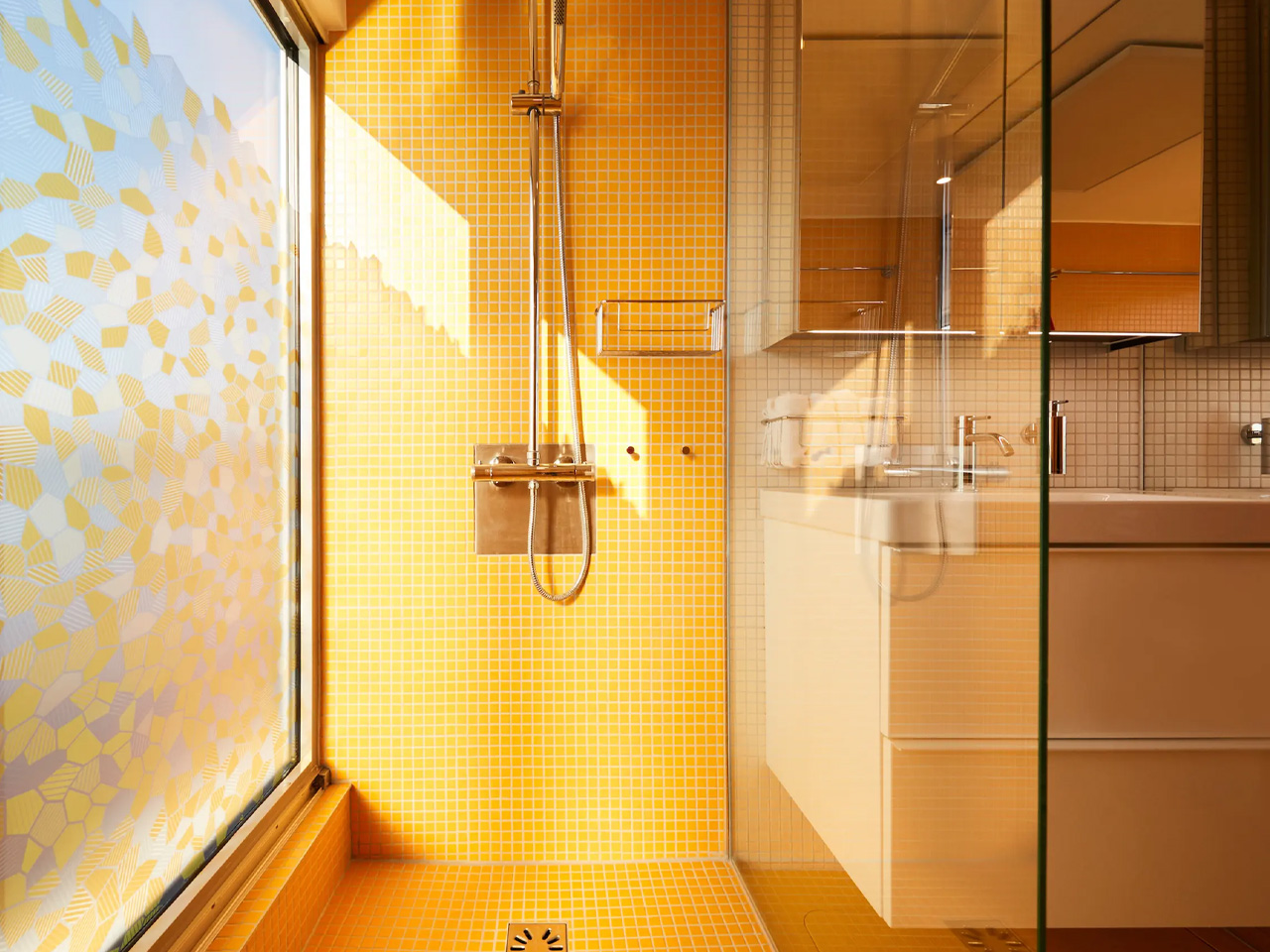
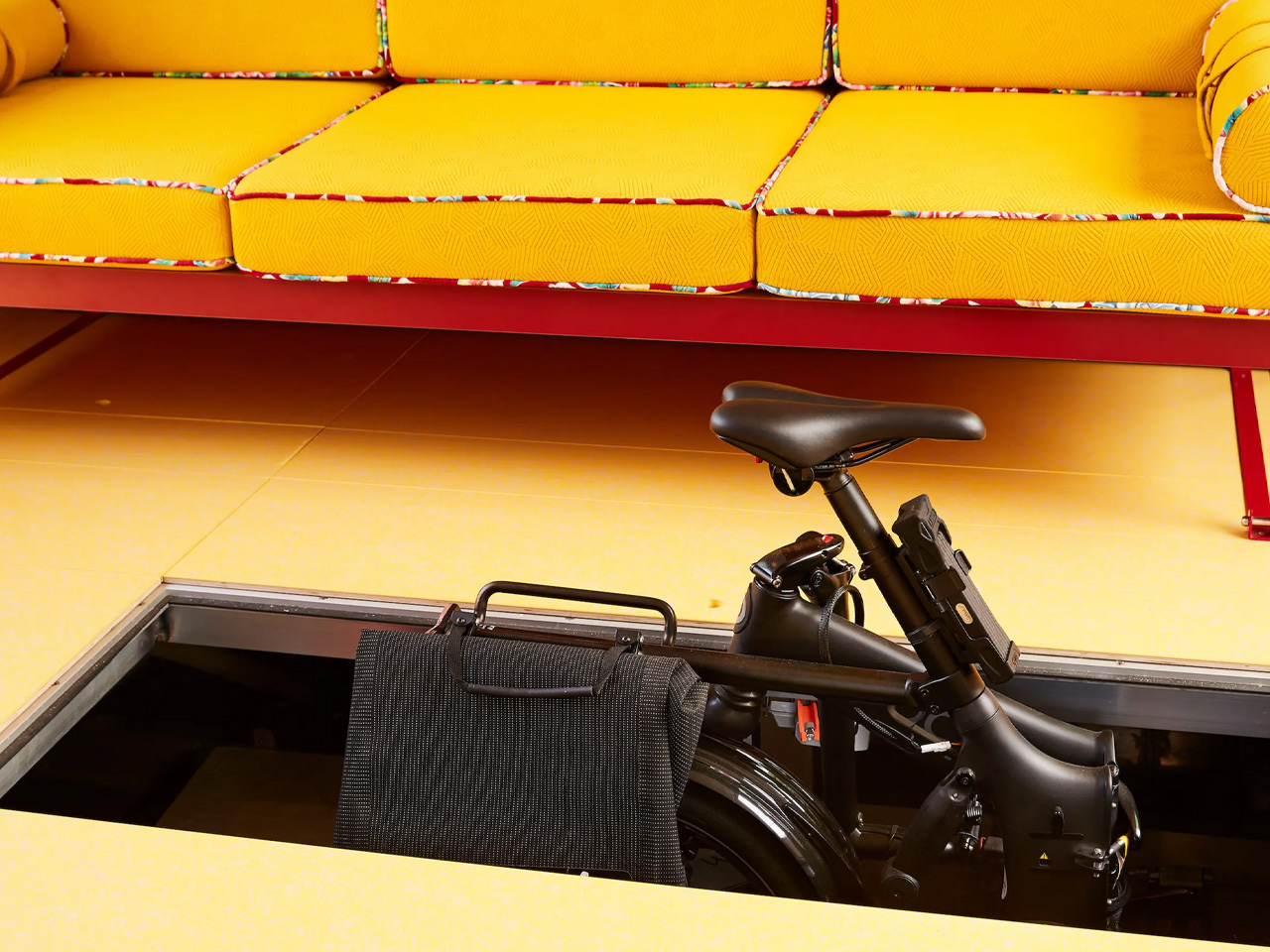
The post This Solar-Powered Tiny Houseboat Lets You Enjoy A Peaceful Life On The Water first appeared on Yanko Design.












